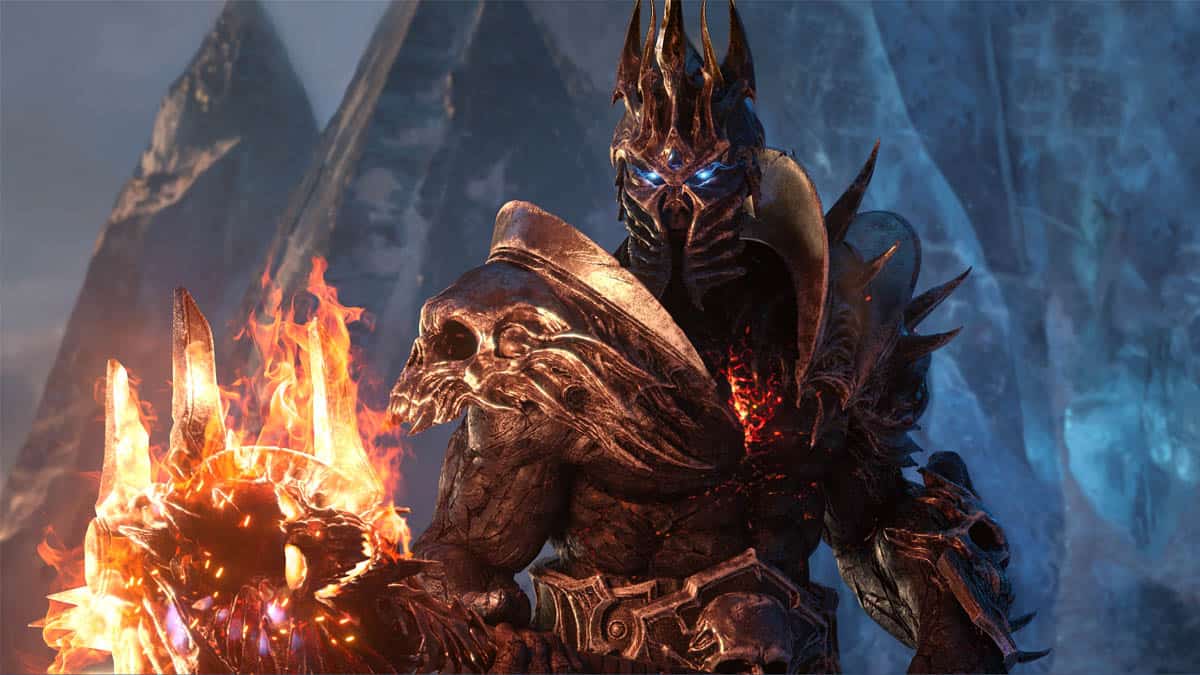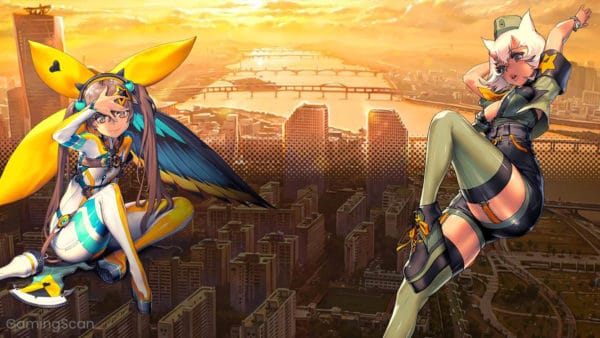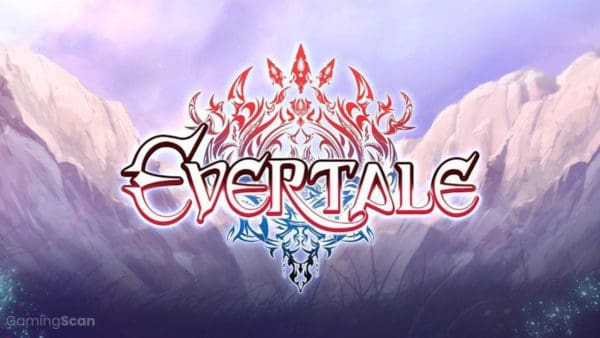When World of Warcraft first launched in 2004, following the release of the highly acclaimed Warcraft III – The Frozen Throne, it essentially brought the MMORPG genre into the mainstream spotlight for the very first time.
Sure, it wasn’t the first MMORPG, but in true Blizzard fashion, they took an existing thing, repackaged it, and marketed it brilliantly.
And just like that, the original vanilla World of Warcraft became a pop culture phenomenon and changed the course of the franchise, for better or for worse.
Thanks to its huge success, the game has received a total of eight expansions to date, and the train is unlikely to stop any time soon.
If you’re a die-hard WoW fan like us, here’s a brief overview of all its expansions so far!
Table of ContentsShow
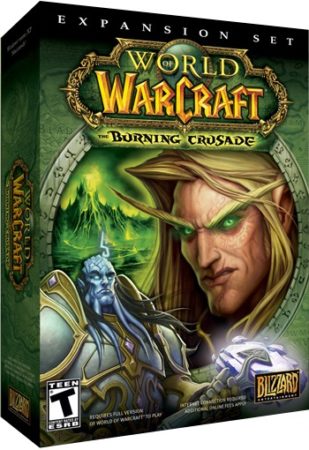
The Burning Crusade
Release Date: January 16, 2007
The first expansion was quite influential on the game as a whole, both from a mechanics and lore standpoint. It introduced two new races, the Draenei and the Blood Elves, and it added their respective starting zones to the world of Azeroth. But the bulk of the new content lay not in Azeroth, but in Outland, a location previously visited in Warcraft III – The Frozen Throne.
Speaking of which, The Burning Crusade is notable because it marks the point when Blizzard decided to give WoW more weight when it comes to the franchise’s canon storyline by involving established Warcraft III characters in the game, most notably including Illidan Stormrage—a major character from the acclaimed RTS—as an end-game raid boss.
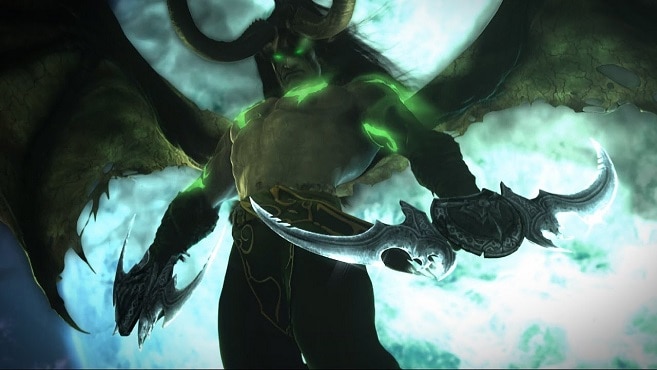
In terms of mechanics, perhaps the most momentous addition was the flying mounts that could only be used in Outland, while regular ground mounts were made cheaper and more accessible to players. Of course, this expansion also marked the first level cap increase as it jumped from 60 to 70, introducing new abilities and expanding the talent system.
Moreover, the Paladin and Shaman classes were no longer faction-exclusive to the Alliance and the Horde, respectively, as they were in vanilla. And on top of that, the profession of jewelcrafting was introduced, and it allowed players to add additional stat boosts to their gear by socketing special gems.
Another important addition was the resilience stat, which mitigated damage received from (and only from) other players, designed to help balance out PvP combat. Speaking of PvP, this expansion also added one brand new battleground, and it introduced Arena PvP for the first time.
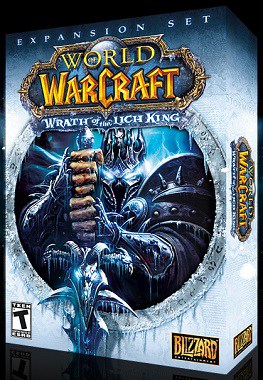
The Wrath of the Lich King
Release Date: November 13, 2008
Continuing the trend of capitalizing on the success and popularity of Warcraft III, WoW’s second expansion revolved around Arthas, the widely beloved anti-hero who was crowned the new Lich King at the end of The Frozen Throne.
Needless to say, it added the continent of Northrend to Azeroth, which, much like Outland, was way more interesting and diverse than the simple snowy wasteland that we knew from the strategy game.
This expansion added no new races, but it did introduce the very first ‘hero’ class in the form of the Death Knight. They were the first class to start at a higher level (55), had their own instanced starting zone in eastern Lordaeron, and even a simple class-specific profession—Runeforging. Death Knights could fill both tanking and DPS roles, although they were more popular in the latter.
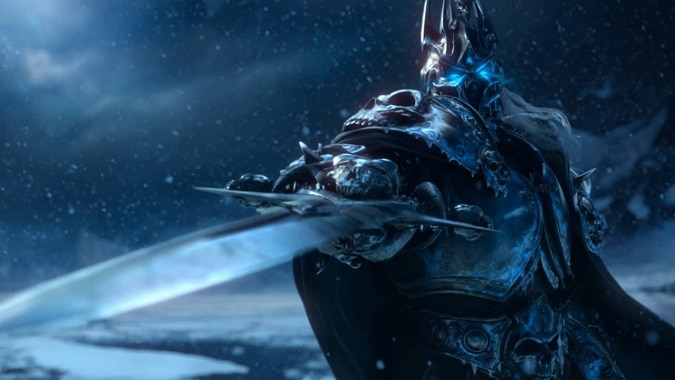
The level cap was increased by ten once again, jumping from 70 to 80. Apart from the usual addition of new abilities, the refinement of the talent system, the new zones, and dungeons, Wrath of the Lich King also added a considerable amount of PvP content, introducing two new battlegrounds and two new arenas, as well as the first dedicated world PvP zone in the form of Wintergrasp.
Finally, another significant addition was the new primary profession of Inscription, which allowed players to craft special glyphs that would enhance or otherwise alter certain abilities after a glyph is ‘inscribed.’ This profession also covered the creation of scrolls used to grant temporary buffs, as well as vellums, which could store enchantments for later use.
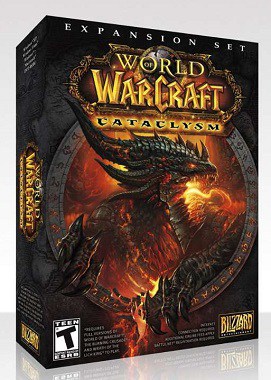
Cataclysm
Release Date: December 7, 2010
And then came Cataclysm, which changed not only the face of the in-game world of Azeroth but the face of the game and its community as a whole. Having killed off the two most prominent characters from Warcraft III, Blizzard turned to some of the older Warcraft games’ villains, and Deathwing was next up for the chopping block.
Now, Cataclysm presented two new faction-specific races—Worgen and Goblins, complete with their own unique starting zones in Azeroth. But the two new races were hardly the biggest change made in this expansion, as nearly every zone in Azeroth was heavily altered, forever changing Azeroth’s familiar landscapes. A few brand new zones were opened up, including the PvP area of Tol Barad, as well as two new battlegrounds.
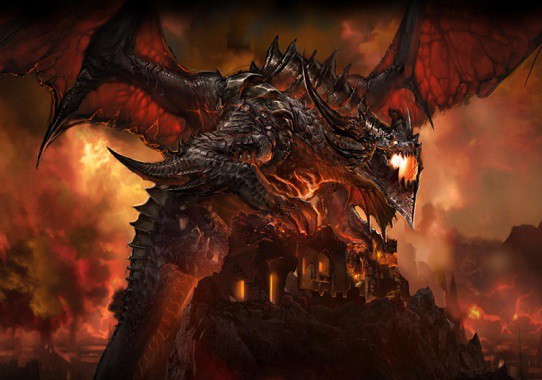
Mechanics-wise, the level cap was increased once again, though only by five levels this time around, making 85 the new maximum level. All the existing classes were redesigned and rebalanced, new race-class combinations were added, and the talent system was completely revamped.
The only profession added in Cataclysm was the secondary profession of Archaeology, which allowed players to find valuable artifacts. A lot of the time, these items were just expensive ‘vendor trash’, but players could also find mounts, pets, vanity items, and even powerful gear.
In addition to that, Cataclysm also added Reforging, which is the ability to tweak stat bonuses on the gear to make the item more useful to the player. Moreover, guild leveling was introduced, allowing players to attain useful extra perks as their guild leveled up. And finally, flying was made possible in Azeroth for the first time.
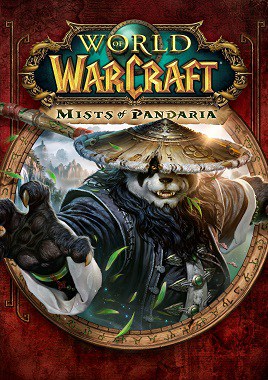
Mists of Pandaria
Release Date: September 25, 2012
Following Cataclysm, the fourth expansion was not very well received among the wider fan base, mainly because it was centered around a race that was initially introduced as an April Fools joke. Exploring the new continent of Pandaria, the story focuses on the exploration of the mystical island, as well as the ever-present conflict between the Alliance and the Horde.
The level cap for this expansion was increased by five once again, making 90 the new ceiling. Most notably, Mists of Pandaria introduced the Pandaren as the first neutral race that could join either the Alliance or the Horde, based solely on the player’s own personal choice.
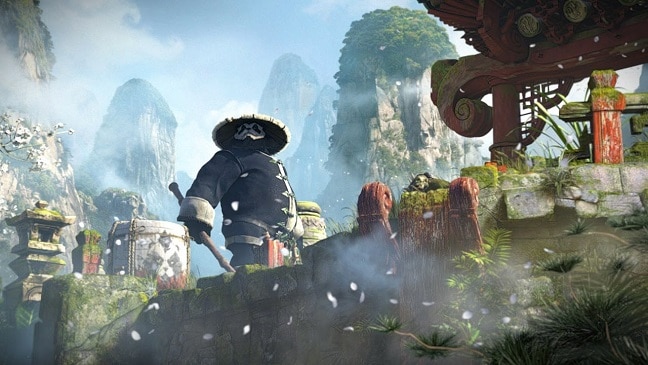
This expansion also marked the addition of the first new class since WotLK, the Monk—a hybrid class that could fill the roles of tank, healer, or DPS, all the while using light armor, with fist weapons and staves as weapons of choice.
MoP also revamped the talent system once again, scrapping the old passive bonuses that up the majority of the old talent trees and letting players choose between three specific abilities once every 15 levels.
This expansion also introduced Scenarios—small dungeons that were designed to be overcome with three players, rather than the usual five. On top of that, challenge modes were added to 5-man dungeons, and on the PvP front, three new battlegrounds were introduced.
Another new addition that left some players with mixed feelings was the Pet Battle System—a turn-based combat minigame revolving around companion pets, highly reminiscent of Pokemon.
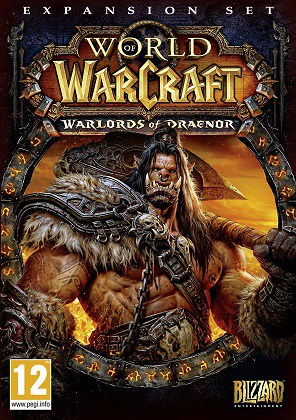
Warlords of Draenor
Release Date: November 13, 2014
Many will agree that stories tend to lose impact and that writers tend to lose legitimacy once time travel starts getting used as a plot device, especially if there’s retconning of existing lore involved. And while Warlords of Draenor doesn’t exactly do those very things, it draws uncomfortably close.
WoD takes us to an alternate timeline, back to the pivotal moment that determined the fate of the Orcish Horde back when their homeworld of Draenor was still whole. Here, the plot focuses on the alternate way that history could have played out had the orcs not made a covenant with the Pit Lord Mannoroth, albeit with Garrosh Hellscream as the wild card influencing it.
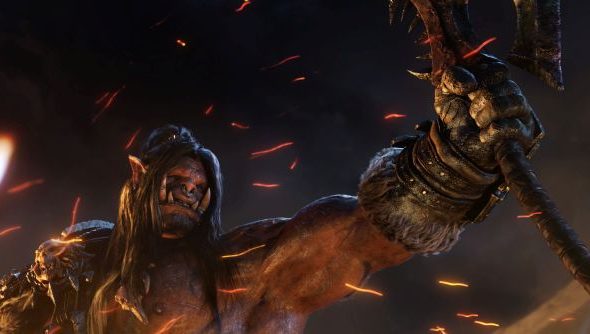
The fifth expansion raised the level cap by ten, making level 100 the new maximum. The overall focus was more on streamlining mechanics than introducing new ones, so WoD removed some secondary stats and introduced the Group Finder as a streamlined group-finding tool for both PvP and PvE.
Battleground gameplay was refined as well, and both the inventory and the quest log were made more manageable than before.
Two significant alterations applied to the game with WoD were Garrisons and graphics updates. While the former were customizable fortresses where players could develop and partake in various activities, the game saw a much-needed improvement on the graphics front, featuring updated character models and other minor graphics improvements that nonetheless helped WoW keep with the times.
Other than that, WoD added a new instanced world PvP zone called Ashran as well as Skirmishes—casual Arena combat scenarios that would be available even to low-level players and allow them to familiarize themselves with that sort of PvP combat early on.
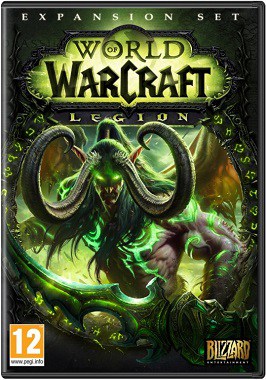
Legion
Release Date: August 30, 2016
Remember how the original Gul’dan died in the Tomb of Sargeras? Well, following the events of Warlords of Draenor, alternate-reality Gul’dan is there to reopen it in the ‘main’ reality! And just like that, we come back to the Burning Legion and Illidan as the focal point of the plot, and the big bad, Sargeras, is thrown into the mix as well.
Legion introduces yet another new collection of zones to Azeroth, the Broken Isles. It was previously visited in the Night Elf campaign in The Frozen Throne, with Dalaran now located there instead of in Northrend and functioning as the main hub.
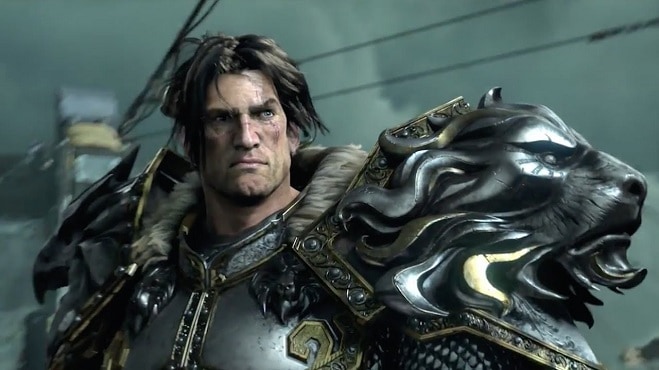
The level cap was raised from 100 to 110, and the second-ever hero class was introduced: the Demon Hunter. This new class was a hybrid that could focus on either DPS or tanking, but unlike the Death Knight, which was made available for every race, only Night Elves and Blood Elves could become Demon Hunters. Furthermore, ‘Class Orders‘ were introduced, offering class-specific campaigns and rewards.
The expansion also added the heavily customizable artifact weapons that scaled with the player’s level and were used as primary weapons throughout the events of Legion. The PvP system was streamlined once again, including the removal of PvP gear and a revamped honor system that now allowed players to obtain new abilities using honor points instead of acquiring gear, thus minimizing the significance of gear in PvP combat.
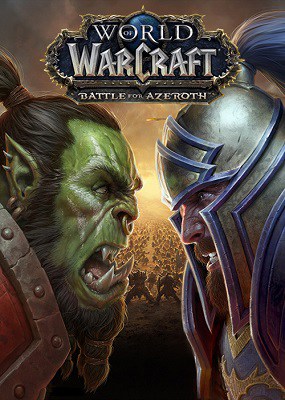
Battle for Azeroth
Release Date: August 14, 2018
The previous two expansions placed a heavy focus on PvP. Now, not only does Battle for Azeroth focus on PvP mechanics, too, but it also makes it something of a central point story-wise. Namely, the story of Battle for Azeroth doesn’t revolve around world-destroying supervillains. Instead, it focuses on the war between the Alliance and the Horde in a multi-chapter War Campaign storyline.
This expansion introduces a total of eight new races, four for each faction, although a number of them are more akin to reskins of the existing races than brand new ones.
The Alliance first got the Lightforged Draenei and the Void Elves while the Horde got the Highmountain Tauren and the Nightborne, all of which were added during Legion for those who pre-ordered the expansion. Later on, the Dark Iron Dwarves and Kul Tiran humans were added to the Alliance while the Mag’har Orcs and Zandalari Trolls were added to the Horde.
On top of that, this expansion contributes two new landmasses to Azeroth in the form of the islands of Kul Tiras and Zandalar.

The level cap in BFA was raised from 110 to 120. It saw the addition of Warfronts to the game—massive PvE scenarios inspired by the RTS elements of the classic Warcraft games.
Furthermore, two new Arenas were added, and the players were allowed to toggle PvP off regardless of the realm type, and the Honor system was refreshed once again. On the PvE front, Island Expeditions were introduced, though these 3-player scenarios also had a PvP mode.
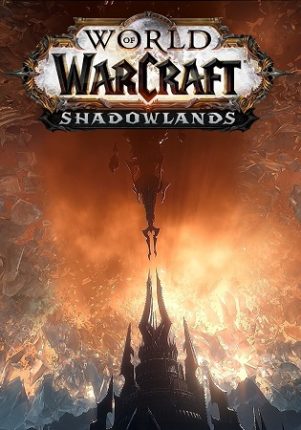
Shadowlands
Release Date: October 27, 2020
The newest WoW expansion is titled Shadowlands and it focuses on the Warcraft universe’s afterlife. That said, as you might expect, it revisits some of the franchise’s most recognizable characters. However, it also features one of the biggest overhauls since Cataclysm.
First and foremost, there’s the game’s first “level squish” that brings the maximum level down from 120 back to the original 60, downscaling the numbers and making the leveling experience much shorter than it used to be in the older iterations of the game.
In addition to the usual addition of new zones and dungeons, Shadowlands shakes up the talent and class systems yet again, but a major focus in this expansion is placed on the Covenant system.
As they venture into Shadowlands content and hit the level cap, players have to align with one of the four Covenants: Necrolord, Venthyr, Kyrianor, or Night Fae. Each of these has its own campaigns and will grant players unique perks and abilities that will affect their playstyle.
Most notably, this includes the system of Soulbinding, which adds an additional layer of customization to the player’s abilities.
The Final Word
We’ve now presented all of the World of Warcraft expansions released thus far. If Blizzard sticks to their usual schedule, the next expansion should drop in 2022, but that’s ways off yet.
Obviously, today’s WoW is far from the game that many grew up with, and it’s unlikely that the chain of expansions and changes will be ending any time soon. Many are already scratching their heads, wondering where else Blizzard could possibly take the series, but as usual, we can only wait and see.
